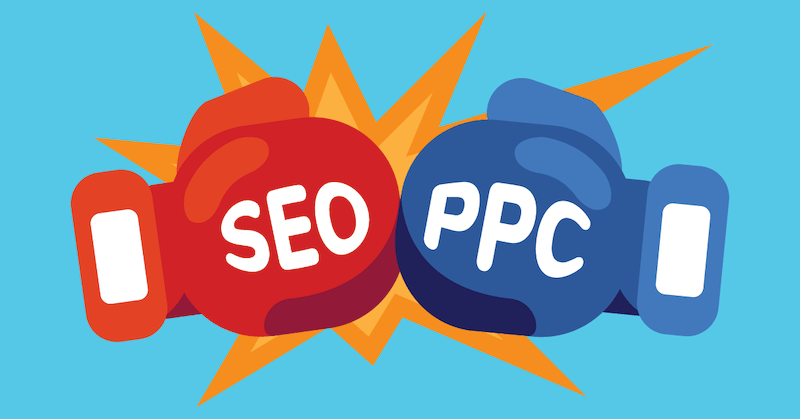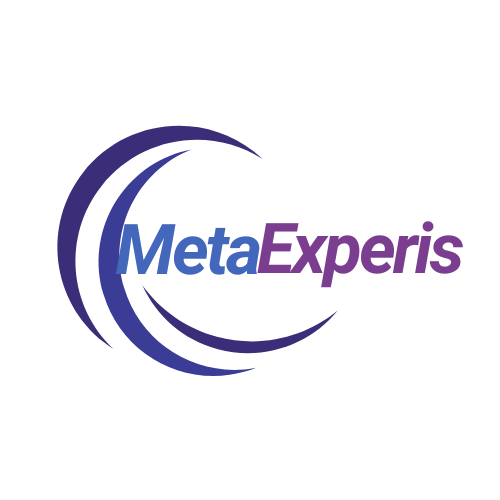Businesses often device SEO and PPC as different strategies to maximize their ROI. While SEO is “free,” PPC is paid. Both SEO (Search Engine Optimization) and PPC (Pay per Click) when used together generates amazing results and maximum return on Investment.

SEO takes time and on the other hand PPC brings instant results. Startups and other forward thinking businesses are combining both SEO and PPC to create a powerful, data driven marketing machine instead of choosing one over the other.
Here’s how you can use SEO and PPC together for better visibility, higher traffic and higher conversions.
Knowing about SEO and PPC
Let’s understand what each term means.
- SEO is the process of optimizing your website and content to rank organically on search engines like Google, Yahoo etc. It involves keyword research, content creation, on page optimization, backlink building and technical tweaks.
- PPC abbreviation used for “Pay per Click” refers to paid advertising, where you bid on keywords to display ads in search results or across other platforms like social media viz Instagram, Facebook and YouTube. You only pay when someone clicks on your ad.
Each one has its own strengths:
- SEO is cost effective in the long term and builds credibility.
- PPC delivers instant traffic and is easily scalable.
Now, let’s understand how do you bring both of them together?
1. Use PPC to Test and Validate Keywords
Though there are several uses of PPC but one of its best use is to test new keywords before investing months into SEO content creation. You can run short campaigns and track which keywords drive clicks, engagement and most importantly conversions.
For example, if you’re unsure whether to optimize for “affordable graphic design software” or “best tools for graphic designers” run separate PPC ads. The keyword that converts better should be prioritized in your long term SEO strategy.
This real time data can save you time, effort, and resources.
2. Occupy More Real Estate on Search Results
Using both SEO and PPC together brings you the advantage of occupying more space on search results. When your website appears in both paid ads and organic search listings for the same keyword, you dominate more screen space on the results page.
This will lead to the following pros:
- Higher brand visibility
- Increased trust as the user sees you multiple times
- Better click through rates (CTR)
Google has found that when a business runs and ranks both organically and through ads, the total clicks increase significantly, compared to relying on one strategy alone.
3. Use SEO to Reduce PPC Costs Over Time
While PPC offers instant results and quick wins, it can become expensive over time, especially in competitive businesses. By building a strong SEO presence, you can reduce your dependence on paid ads over time.
For instance, if your blog consistently ranks for high intent keywords, you won’t need to spend as much on bidding for those same terms. This allows you to allocate your budget more strategically perhaps to target new markets or test fresh campaigns.
4. Share Keyword and Performance Data
The real advantage of combining SEO and PPC lies in shared data. Insights from one channel can improve the performance of the other. Both of them can be used to track results of one another.
- Use PPC data to identify high converting keywords for SEO content.
- Use SEO reports to find long tail opportunities that aren’t yet competitive in PPC.
- Analyze bounce rates and user behavior from both channels to refine landing pages and messaging.
Aligning these efforts not only improves your targets but also helps you refine your funnel from awareness to conversion.
5. Create Tailored Content for Different Funnel Stages
SEO is excellent for top of the funnel content blog posts, guides, tutorials, and informational searches. PPC works well at the bottom of the funnel, targeting users ready to make a purchase or take action.
But when both are combined, a seamless funnel can be created. For example:
- Use SEO to attract users looking for “how to choose a CRM tool.”
- Retarget those same users with PPC ads offering a free trial of your CRM software.
This synergy moves users from curiosity to conversion more efficiently.
6. Retarget Organic Visitors with PPC
PPC helps you to retarget your organic viewers and give best results. For example someone visits your website through an organic blog post but doesn’t tantamount to conversion. With the help of tracking pixels, you can retarget them with relevant ads on Google, Facebook or LinkedIn.
This strategy keeps your brand top of mind and increases the chance they’ll return and convert later. It’s a perfect way to stretch the value of your SEO traffic and improve conversion rates.
7. Optimize Landing Pages for Both Channels
Whether traffic is coming from organic or paid sources, the destination matters. A poorly optimized landing page can ruin your ROI.
Ensure that:
- The page loads quickly
- The content aligns with the search intent
- CTAs are clear and compelling
- The mobile experience is seamless
Use A/B testing (often done in PPC campaigns) to optimize landing pages, and then apply the winning layouts to your SEO pages as well.
8. Measure Success Holistically
Too often, teams measure SEO and PPC in isolation. But to truly understand ROI, you need to track performance across both channels together.
Look at combined metrics like:
- Total leads or conversions from search (organic + paid)
- Keyword overlap and performance trends
- Assisted conversions (where SEO leads to PPC clicks or vice versa)
Use tools like Google Analytics, Google Ads, and Search Console in tandem to get a complete picture.

